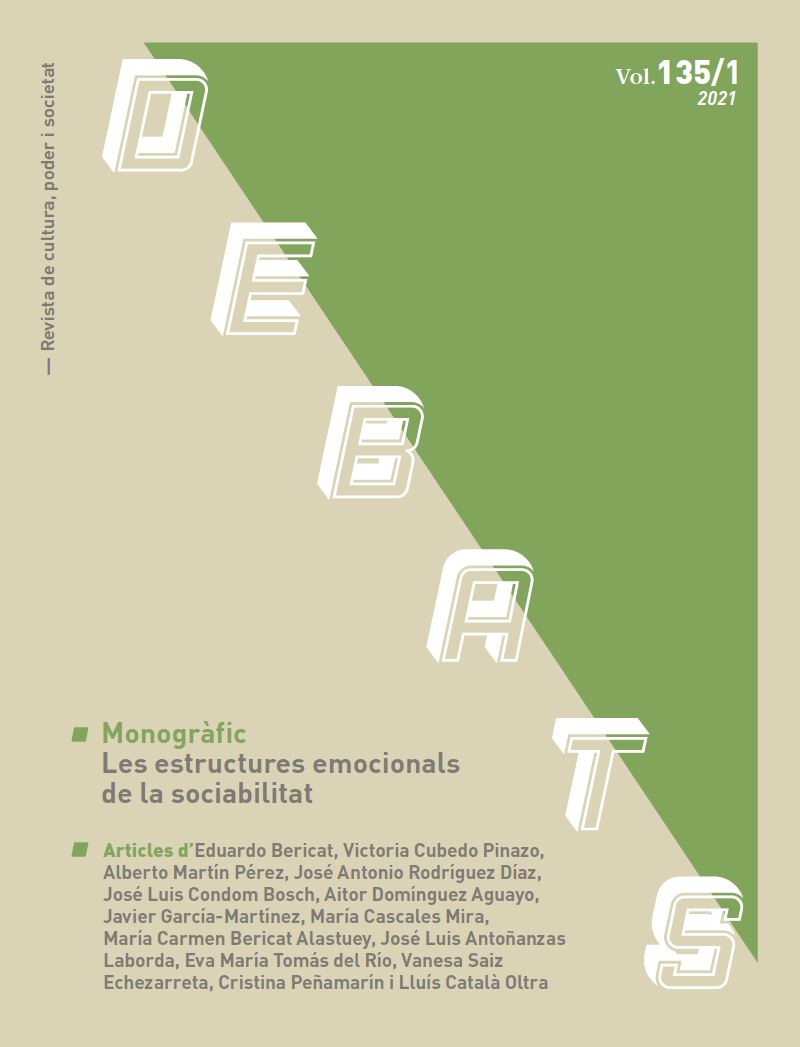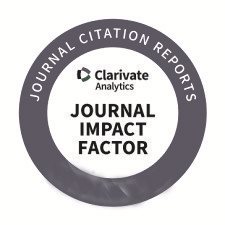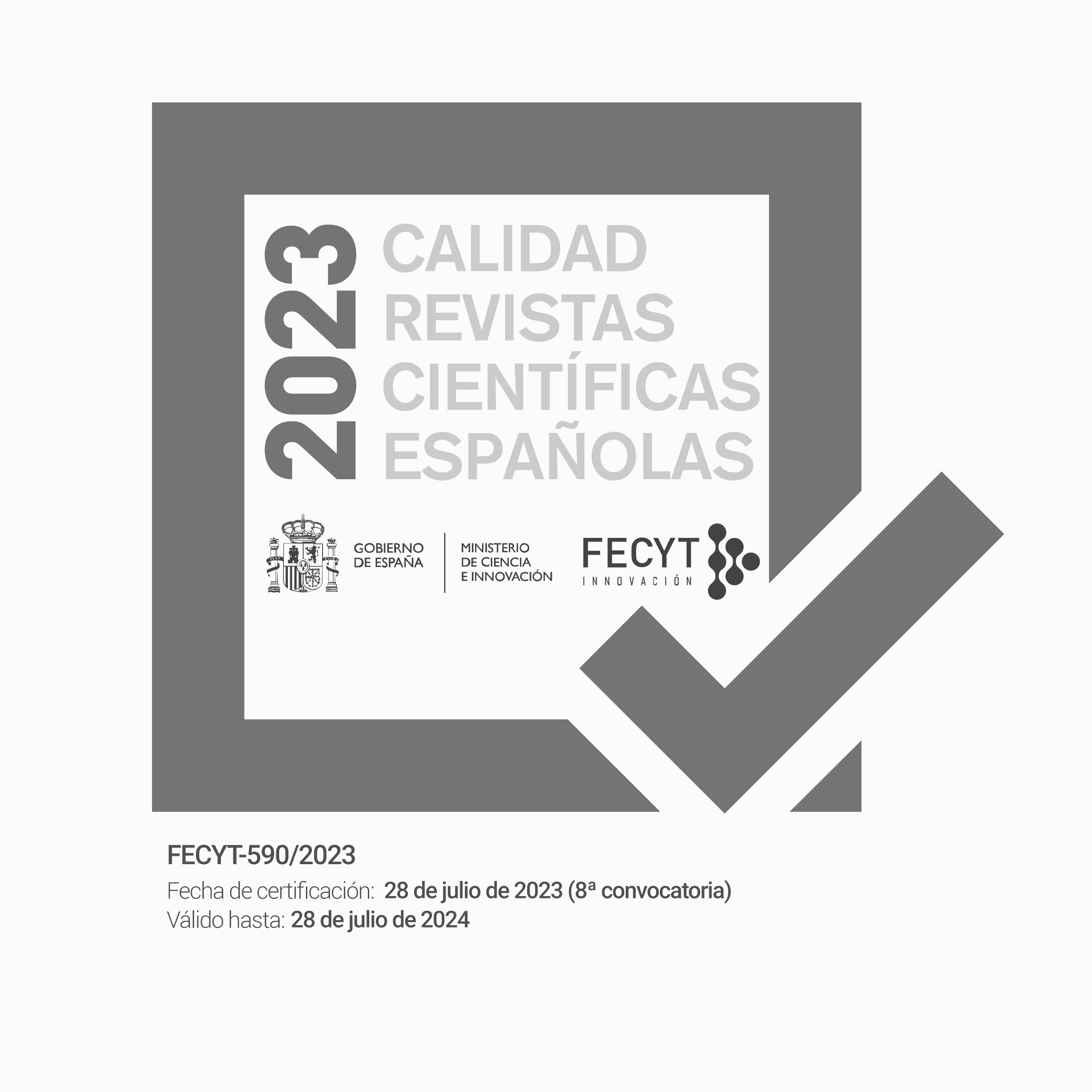Emotional Management in the Spanish Workplace. Quantitative analysis through the construction of an Index of Emotional Quality at Work and its link with the social structure
DOI:
https://doi.org/10.28939/iam.debats-135-1.3Keywords:
Emotional Management, Emotional Quality Index at Work, Structural Factors, Social Class.Abstract
The organisation of work, located in the post-Fordist paradigm, stresses the emotional aspects of employee-client interaction processes. This emphasis arises from the shift in the productive structure towards growth in service activities in which interpersonal relationships are key factors. In this "new culture", the organisation is conceived as a ‘sentient’ environment and emotional work captures the interest of researchers and social scientists who analyse the role played by emotions in occupations and organisational culture (Zapf, 2002, Grandey 2000, 2015, Seymour and Sandiford 2005, Bolton 2000, Wharton,
2009, Totterdell, and Holman, 2003). Most related research has focused on qualitative case studies of workers in the service sector (Steinberg and Figart, 1999) — an approach that limits the inferences one can make and hinders one in linking findings to the social structure. The aim of our research is to expand this field of analysis and explore the link between emotional management and social structure. That is why we used a quantitative methodology, for which purpose we built an Emotional Quality Index in the Workplace (EQIW), allowing us to measure the emotional quality of workers in Spain and analyse their relationship with the three key structural variables: social class; occupation; gender. Here, we used data from the European
Working Conditions Survey (2015). The results show that there are significant differences in the emotional management of work by occupation, social class and gender, verifying that there is indeed a link between the EQIW and the social structure.
Downloads
References
Alonso, L.E. y Fernandez, C.J. (2013). Los discursos del management. Una perspectiva crítica. Lan Harremanak, 28 (I), 42-69.
Ashforth, B. E. y Humphrey, R. H. (1993). Emotional labor in service roles: The influence of identity. Academy of Management Review, 18 (l), 88-115.
Bericat, E. (2000). “La sociología de la emoción y la emoción en la sociología”. Papers, 62,145-176.
Bericat, E. (2001). Max Weber o el enigma emocional del origen del capitalismo. Reis 1(95)
Bericat, E. (2016). The sociology of emotions: Four decades of progress. Current Sociology, 64 (3), 491-513
Bericat, E. y Sanchez, E. (2015). Structural Gender Equality in Europe and Its Evolution Over the First Decade of the Twenty First Century. Social Indicators Research 127(1)
Boltanski, L. y Chiapello, E. (2002). El nuevo espíritu del capitalismo. Ediciones AKAL
Bolton, S (2000). ‘Emotion Here, Emotion There, Emotional Organizations Everywhere’. Critical Perspectives on Accounting 11, 155-171
Bolton, S. (2006). Una tipología de la emoción en el lugar de trabajo. Sociología del Trabajo. Nueva época. Madrid: Siglo XXI
Bolton, S. y Boyd, C. (2003). Trolley dolly or skilled emotion manager? Moving on from Hochschild’s Managed Heart. Work, employment and society 17 (2)
Breen, R. (2005). Foundations of Neo-Weberian Class Analysis. Cambridge University Press
Clay-Warner, J. y Robinson, D.T. (2008). Social Structure and Emotion. Academic Press
D´Oliveira, M (2018). Arlie Russell Hochschild: Un camino hacia el corazón de la sociología. Madrid: Centro de Investigaciones Sociológicas
Ekman, P. (1973). Cross-cultural studies of facial expression: A century of research in review. New York: Academic Press
Erikson, R., Goldthorpe J., y Portocarero, L. (1979). Intergenerational Class Mobility in Three Western European Societies: England, France and Sweden. The British Journal of Sociology. Special Issue. Current Research on Social Stratification, 30 (4), 415-441
Erickson, R.J. y Ritter, C. (2001). Emotional labor, burnout, and inauthenticity: Does gender matter? Soc. Psychol.Q., 64(2),146–63
Esping-Andersen, G. (1993). Changing Classes: Social Stratification in Postindustrial Europe and North America. London: Sage
Esping-Andersen, G. (1999). The Social Foundations of Postindustrial Economies. Oxford: Oxford University Press
Gorroño, I. (2008). El abordaje de las emociones en las organizaciones: luces y sombras. Cuadernos de Relaciones Laborales, 26 (2).
Grandey, A. (2000). Emotion Regulation in the Workplace: A New Way to Conceptualize Emotional Labor. Journal of Occupational Health Psychology, 5 (1), 95-110.
Grandey, A. (2003). When “the show must go on”: surface acting and deep acting as determinants of emotional exhaustion and peer-rated service delivery. Acad. Manag. J. 46(1):86–96.
Grandey, A. (2015). Smiling for a Wage: What Emotional Labor Teaches Us About Emotion Regulation. Psychological Inquiry. 26, 54–60.
Hertel, F.R. (2017). Social Mobility in the 20th Century. Class Mobility and Occupational Change in the United States and Germany. Springer.
Hochschild, A. R. (1979). Emotion work, feeling rules, and social structure. American Journal of Sociology, 55(3), 551-575.
Hochschild, A. R. (1983). The managed heart: Commercialization of human feeling. Berkeley: University of California Press.
Hochschild, A. R. (2008). La mercantilización de la vida íntima. Apuntes de la casa y el trabajo. Barcelona: Katz Ediciones.
Huth, J., De Lorme, D.E. y Reid, L.N. (2006). Perceived third-person effects and consumer attitudes on prevetting and banning DTC advesiting. Journal of Consumer Affairs, 40 (1) , 90-116.
Kemper, T. (1987). How Many Emotions Are There?. Wedding the Social and the Autonomic Components. American Journal of Sociology, 93(2), 263–289.
Marrero, J.R. y Abdul-Jalbar, B.(2015). Las exigencias emocionales en el trabajo. El caso español. Papers, 100 (2).
Morris, J. A., y Feldman, D. C. (1996). The dimensions, antecedents, and consequences of emotional labor. Academy of Management Review, 21(4), 986-1010.
Orzechowicz D. (2008). Privileged emotion managers: the case of actors. Soc. Psychol. Q., 1(2), 143–56.
Rafaeli, A. y Sutton, R.I. (1989). The expression of emotion in organizational life. Res. Organ. Behav. 11,1–42.
Sennett, R.y Cobb, J. (1972). The Hidden Injuries of Class. Cambridge University Press
Seymour, D. y Sandiford, P. (2005). Learning emotion rules in service organizations: socialization and training in the UK public-house sector. Work, employment and society, 19(3), 547–564.
Shott, S. (1979). Emotion and social life: A symbolic interactionist analysis. American Journal of Sociology, 84(6), 1317–1334.
Steinberg, R.J y Figart, D.M. (1999). Emotional Demands at Work: A Job Content Analysis. Annals of the American Academy of Political and Social Science, 561, 177-191.
Totterdell, P. y Holman, D. (2003). Emotion Regulation in Customer Service Roles: Testing a Model of Emotional Labor. Journal of Occupational Health Psychology, 8, (1), 55–73.
Wharton, A.S. (1993). The affective consequences of service work: managing emotions on the job. Work Occup. 20(2), 205–32.
Wharton, A.S. (2009). The Sociology of Emotional Labor. Annu. Rev. Sociol. 35,147-165.
Wharton, A.S. (2011). The Sociology of Arlie Hochschild. Work and Occupations, 38(4), 459–464.
Wharton, A.S. y Erickson, R.J. (1993). Managing emotions on the job and at home: understanding the consequences of multiple emotional roles. Acad. Manag. Rev. 18(3), 457–86
Zapf, D. (2002). Emotion work and psychological well-being. A review of the literature and some conceptual considerations. Human Resource Management Review. 12, 237–268.
Downloads
Published
How to Cite
Issue
Section
License
Without prejudice to the provisions of article 52 of Spanish Law 22/1987 of November 11 on Intellectual Property, BOE (official state bulletin) of November 17, 1987, and pursuant to said legislation, the author(s) surrender(s) free of charge its rights of edition, publication, distribution and sale of the article, for its publication in Debats. Journal on Culture, Power and Society.
Debats. Journal on Culture, Power and Society is published under the Creative Commons license system in accordance with the «Recognition - Non-Commercial (by-nc) modality: The generation of derivative works is permitted provided that commercial use is not made. Nor can the original work be used for commercial purposes».
Thus, when the author submits his/her contribution, he/she explicitly accepts this assignment of publishing and publishing rights. Authors also authorize Debats. Journal on Culture, Power and Society to include their work in an issue of the journal to be distributed and sold.











